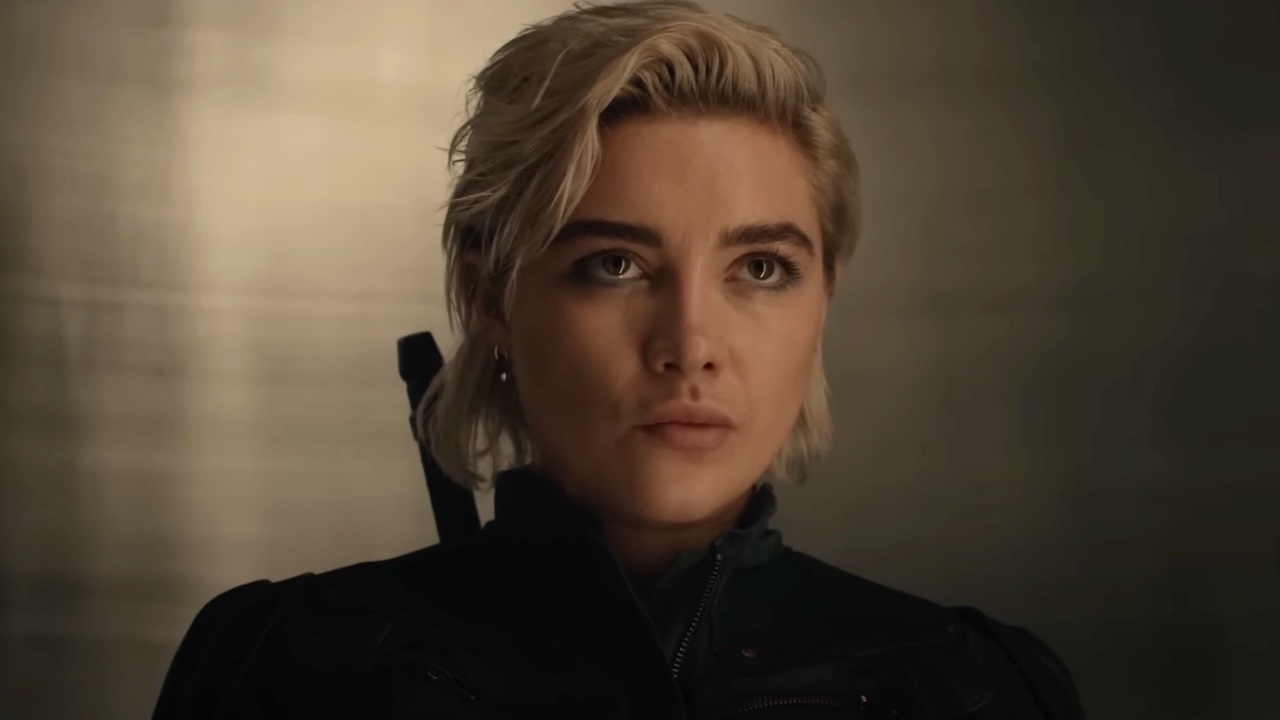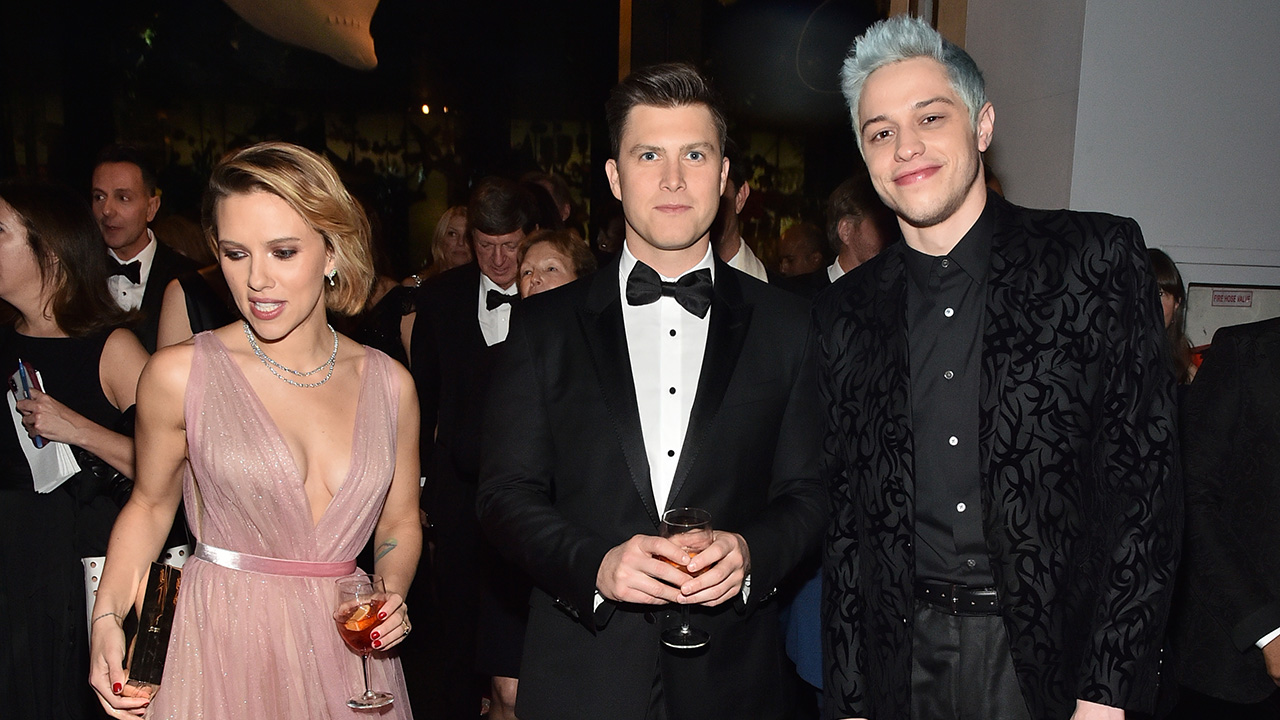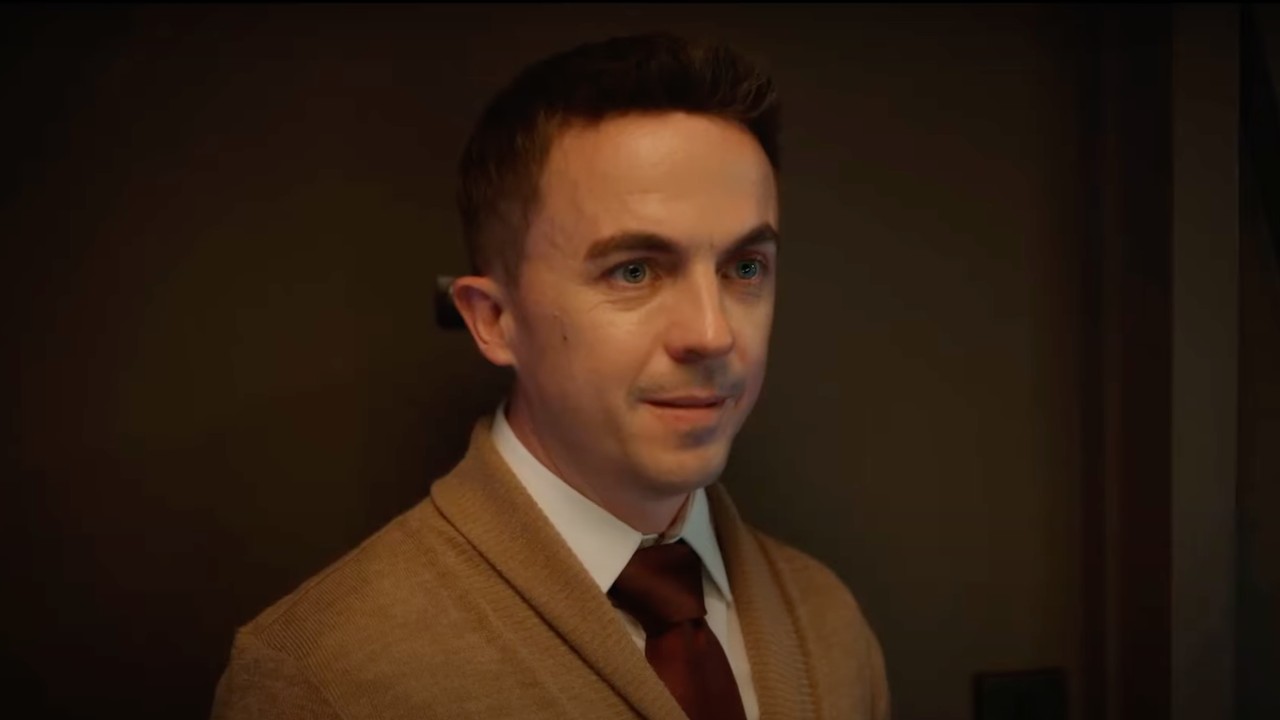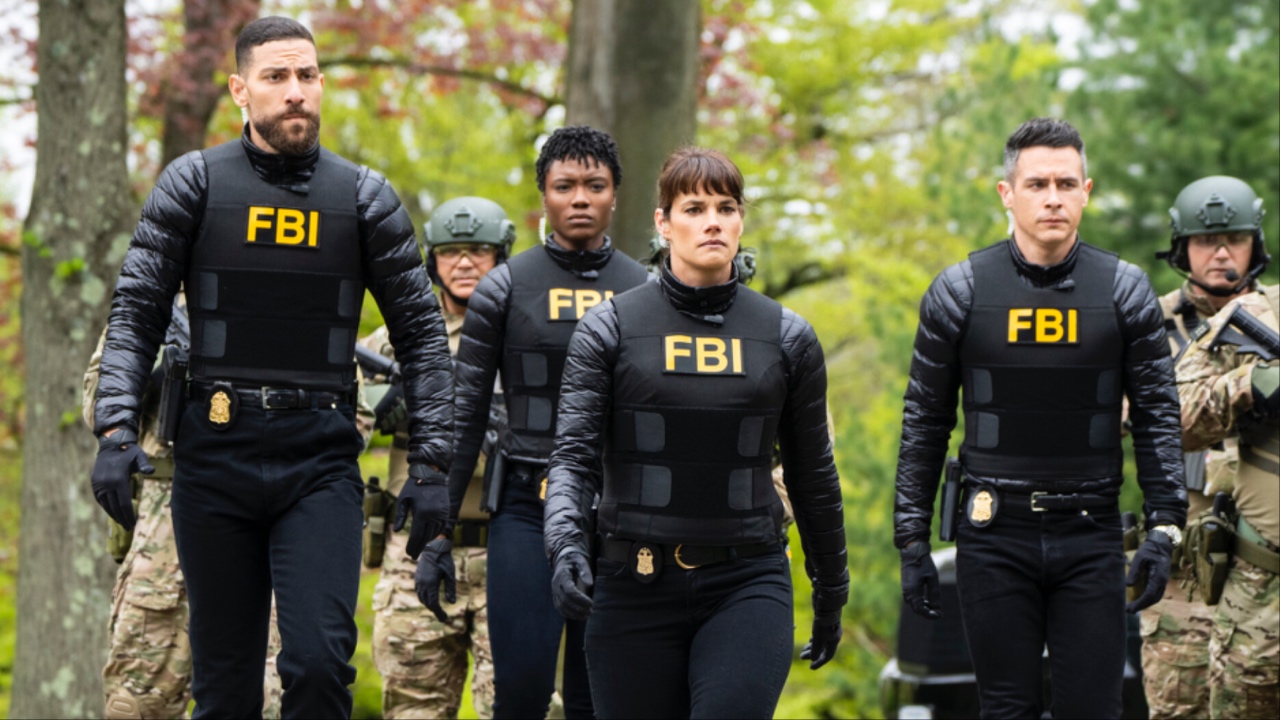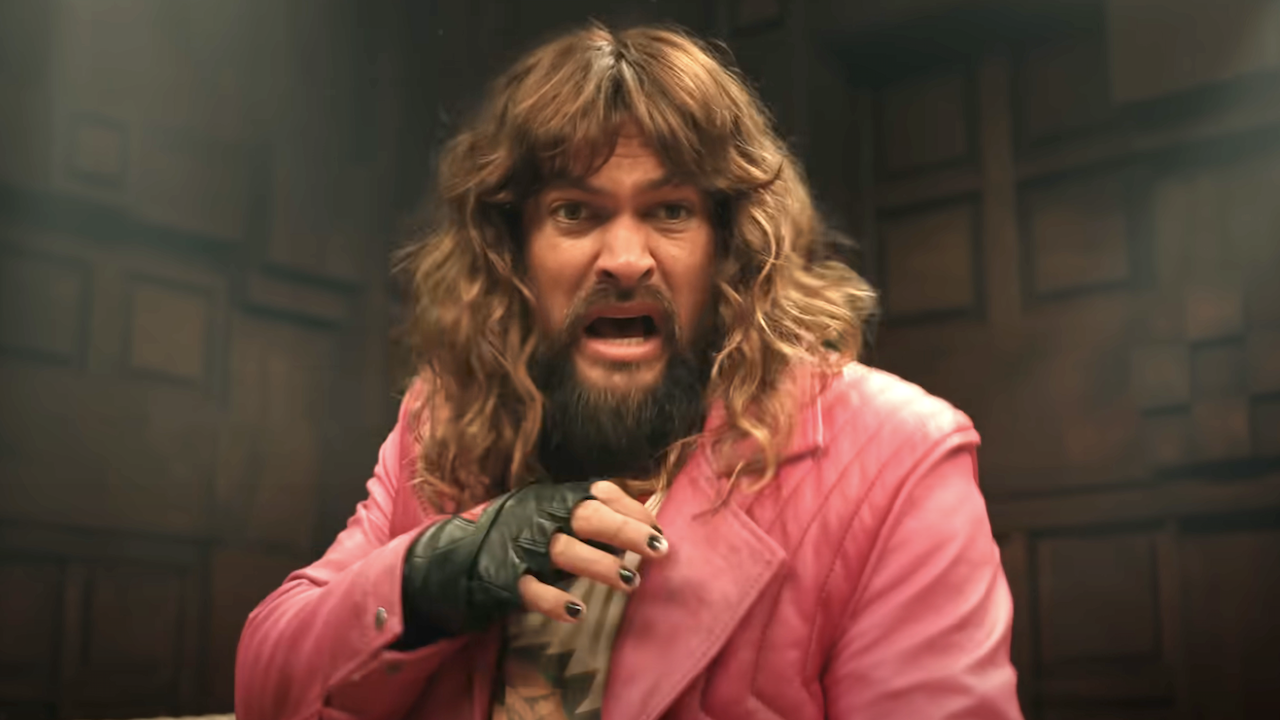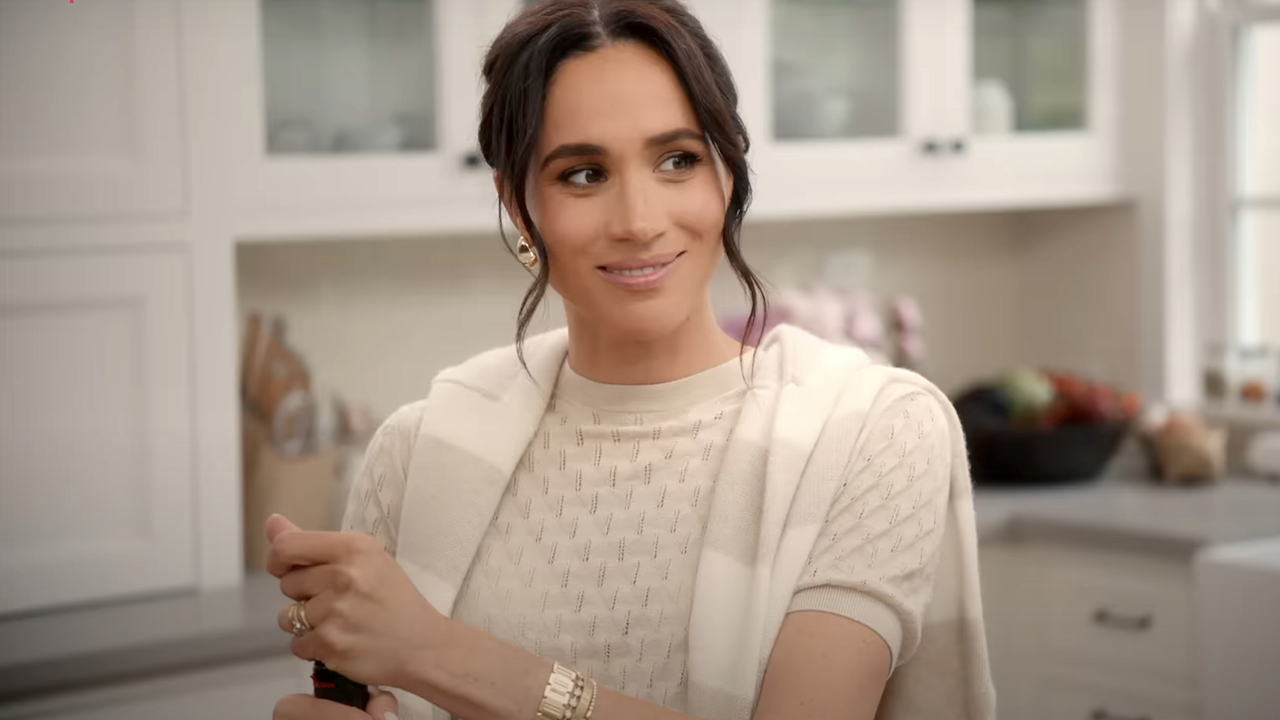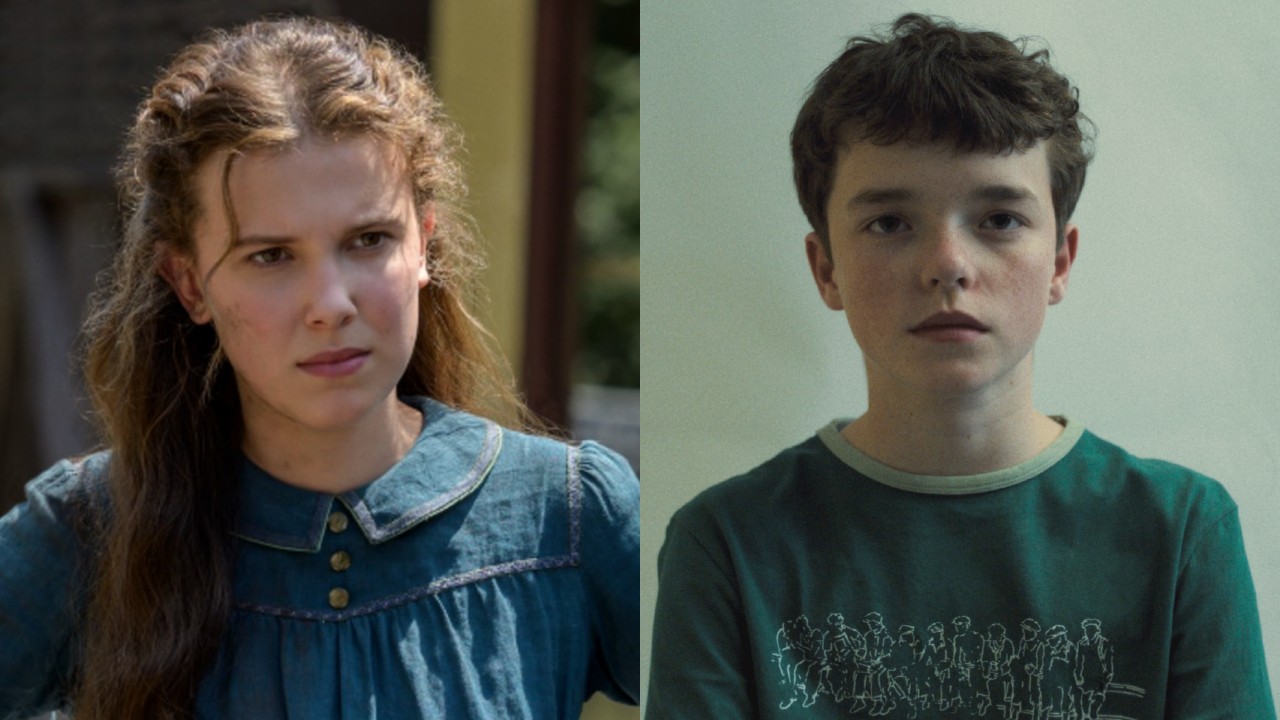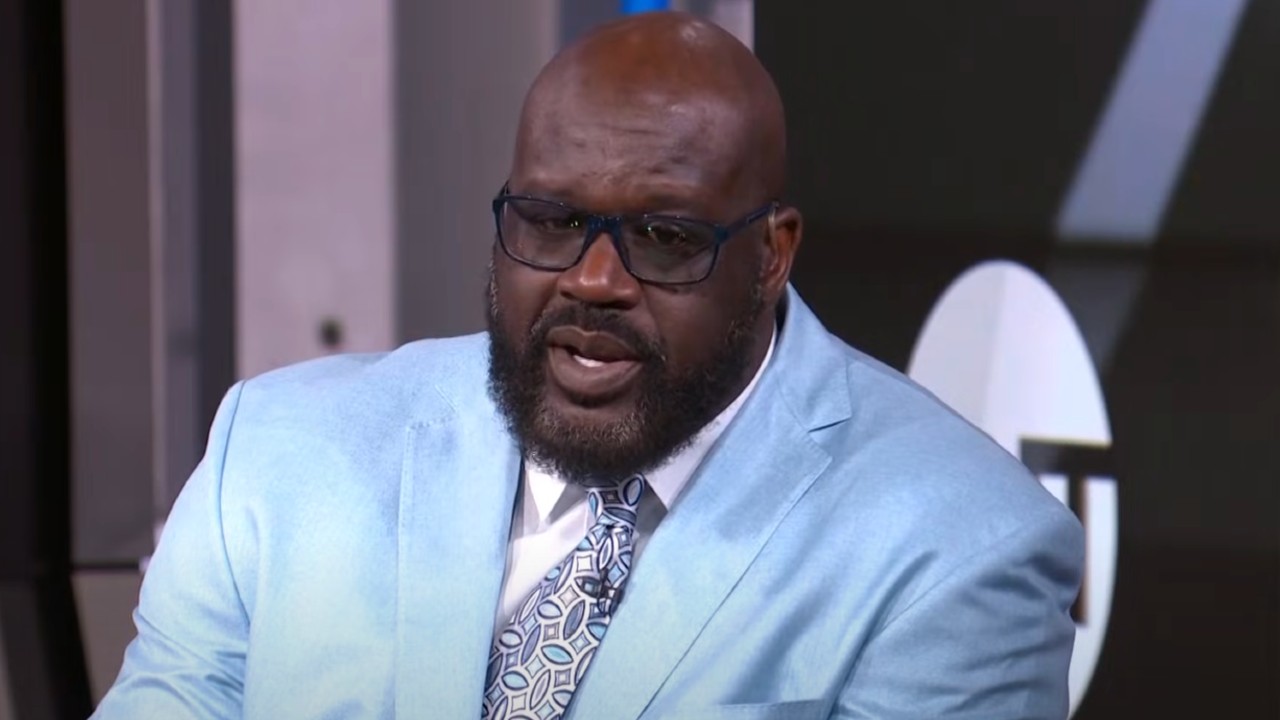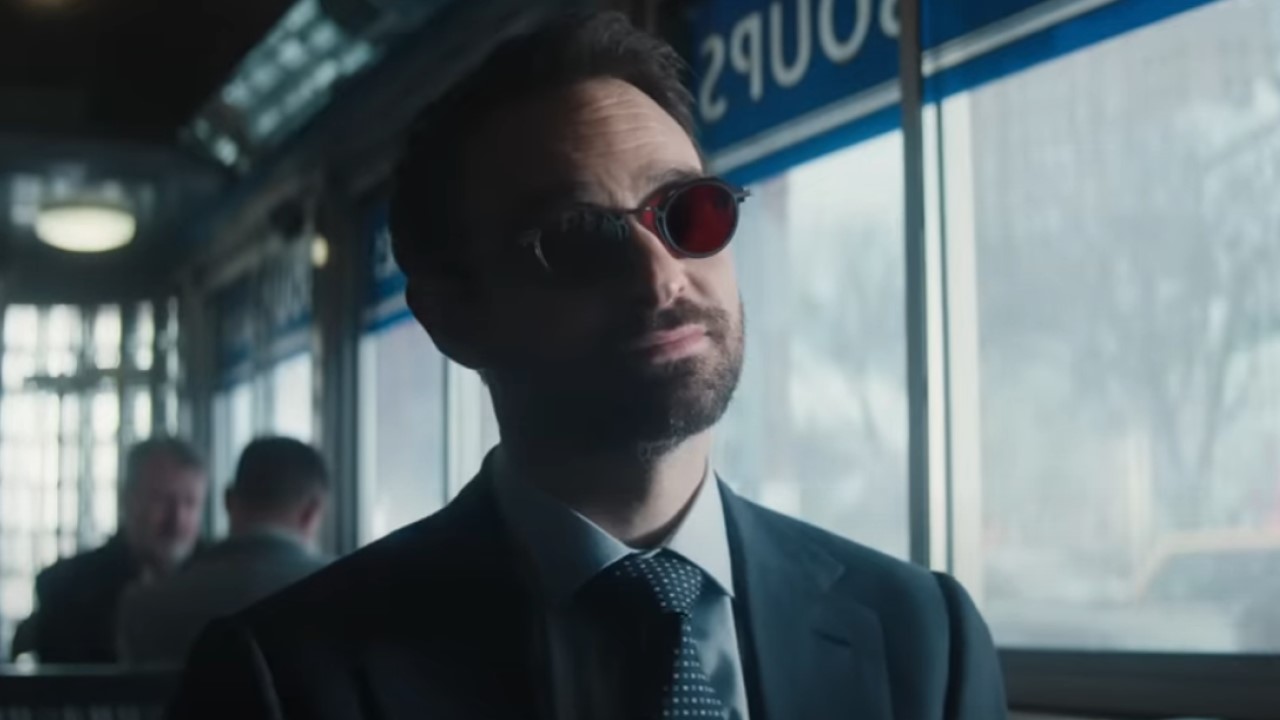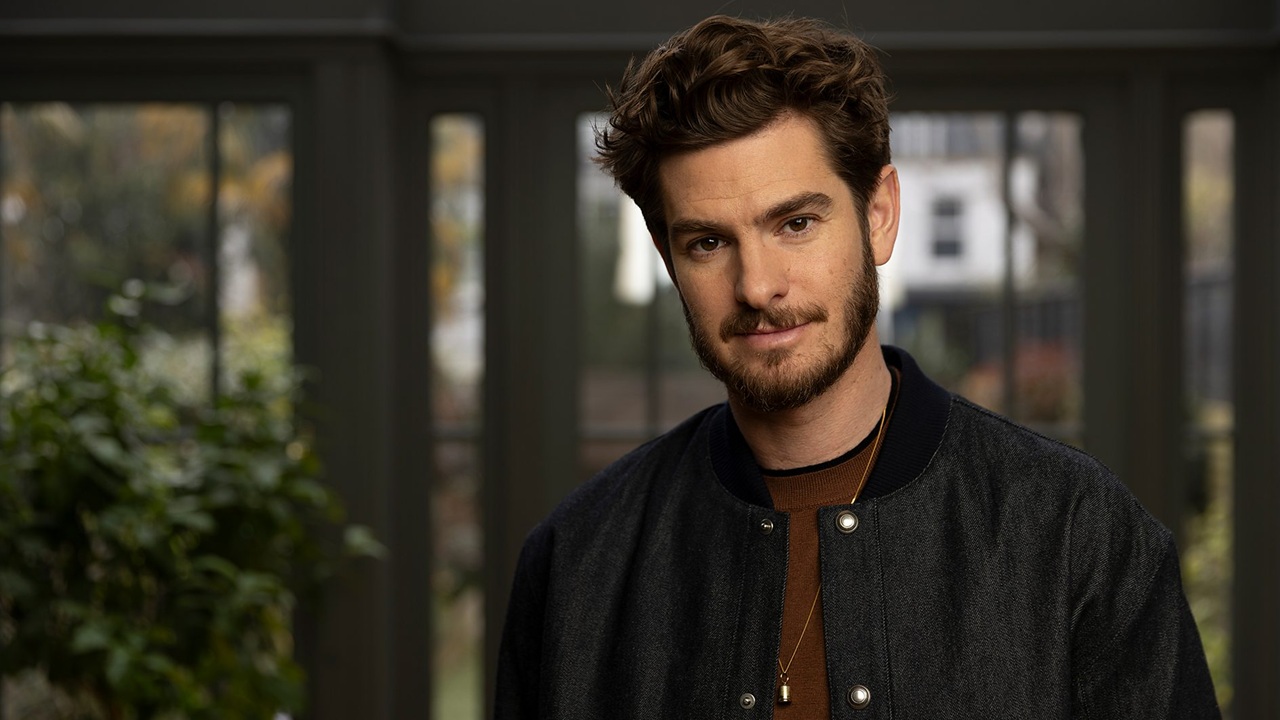Should You See The Hobbit In 48 fps?
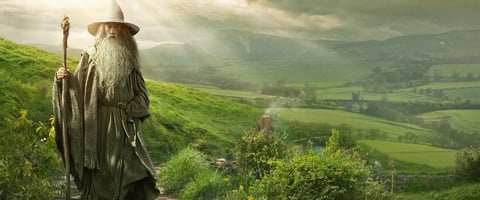
Should you see The Hobbit in 48 fps?
That's been a tough question to answer for months now, ever since the first footage from An Unexpected Journey premiered for journalists and movie theater owners at CinemaCon back in April. Reaction was mixed to say the least, even after Peter Jackson presented 10 full minutes of footage to allow the viewers to adjust to the change. It felt really similar to what happened three years ago, when James Cameron was trotting out long bits of footage from Avatar to prove just how much 3D was going to blow our minds… while everyone remained entirely skeptical it would look good at all.
What does 48 fps mean anyway?
Watching An Unexpected Journey in 48 fps, you realize the new format is really, really different from 3D. 48 fps, which is short for "48 frames per second," is quite literally a way of shooting that crams twice as many frames of the movie into a single second. Fps, or frame rate, varies across different filmed media, which is why a movie looks different than an HD sports broadcast or the local news-- all three are filmed at different frame rates, and you're so familiar with that contrast that your eye can immediately tell the difference between, say, a soap opera and a primetime drama. Remember the live episode of 30 Rock, and how it looked a little weird? The cameras they used to shoot the episode live had a different frame rate than the ones normally used to shoot the show.
So while your eye can't perceive the difference in the actual number of frames, the difference between 24 fps and 48 fps is immense-- and if you have an HD TV, there's an easy way to test it. Find the "motion smoothing" option on your TV, which turns on a system that creates new frames to go between the ones that exist in any normal 24 fps movie you own. Put on the film and watch as it transforms into something surreal and unfamiliar… not bad, necessarily, just totally different. That's the tiny but enormously important difference that frame rate can make.
So how does it work in The Hobbit?
Watching The Hobbit: An Unexpected Journey feels a little like that "motion smoothing" experiment, since it's a movie set in a world we've already seen before in three films. Visiting familiar locations like Bilbo's Hobbit hole, or meeting Elrond again, you're stunned by the difference; in the Lord of the Rings films these people and places felt softly distant, but in The Hobbit they're right up next to you, as visceral as if you'd stepped on to the set. The effect is even more bizarre when looking at full CGI creatures, because it seems impossible that these beasts have wandered into what's feeling like a real place.
CINEMABLEND NEWSLETTER
Your Daily Blend of Entertainment News
Peter Jackson wants to tell us it's a great thing that An Unexpected Journey feels more real, and with good 3D projection and the 48 fps, it's undeniable that you will feel closer to Middle Earth than ever. But there's a huge difference between that and being actually immersed in the movie. I never completely adjusted to 48 fps, to the point that even in the final battle scene, I was distracted by how fluidly Thorin Oakenshield ran into battle. It doesn't help that the technology seems to have a few kinks, and that a lot of fast movement by real and CGI characters alike feels unnatural-- the giant wolves you can glimpse briefly here move as awkwardly as the worst CGI in 48 fps, but look perfectly normal in that 24 fps clip. Dialogue scenes with characters sitting still can almost allow you to settle in, but as soon as Bilbo or the dwarves start running, the 48 fps steals all the attention away again.
By seeing An Unexpected Journey in 48 fps you're essentially allowing yourself to be Peter Jackson's guinea pig, testing the boundaries of an exciting new technology on a movie that might not be best suited for it. I wonder what 48 fps would be like on, say, The Bourne Identity or even Skyfall, movies rooted in the real world that would benefit more from a "you are there" feel. As much as Lord of the Rings fans have treasured their visits to Middle Earth, it's always felt like a far-away place, and it needs to; the 48 fps implicitly tells us that the movie is real, on a soundstage somewhere far away, and that breaks up the fantasy.
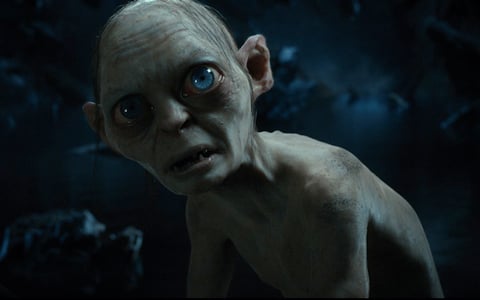
That could change, of course-- early silent films were shot at 15 to 24 fps, then adjusted for the arrival of sound, and the more we experiment with digital video at home and add our own effects, the implicit cultural assumption that a higher frame rate means "real" will vanish . In a way, Jackson and The Hobbit might just be ahead of their time. But as a person living in 2012, you are not required to automatically jump ahead with them.
If you want to check out an exciting new technology that will probably be used in a few more movies, and experience The Hobbit the way Peter Jackson wants you to… See it in 48 fps and 3D. There are enough outstanding effects to make it stand out, and there will be plenty to discuss with your friends after.
If you want to be properly swept away to Middle Earth and really immersed in the story… See it in 24 fps (the 3D is optional-- it's pretty good 3D but nothing revolutionary). That's the only way to get the "look" that you know from the first three Lord of the Rings films, and it takes away the many distractions of 48 fps.
If you're curious about the technology but not sure it's for you… See The Hobbit both ways. The movie is enjoyable enough to hold up to repeat viewings, and comparing the two experiences-- which I haven't been able to do yet-- will make you the absolute best judge of whether this technology is going anywhere.
This poll is no longer available.
Staff Writer at CinemaBlend

